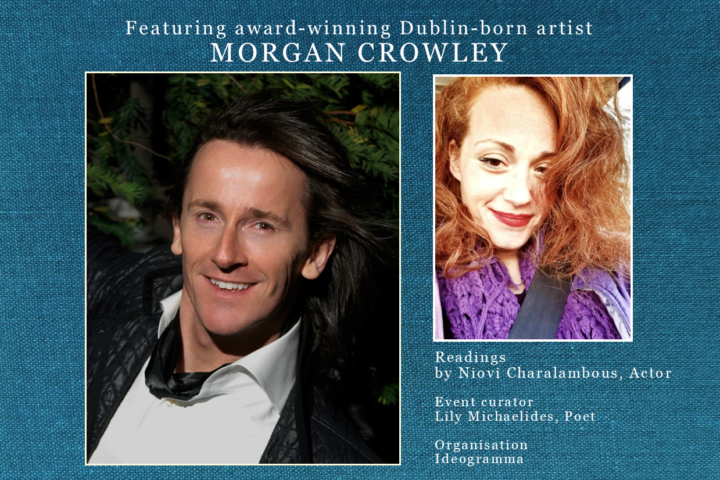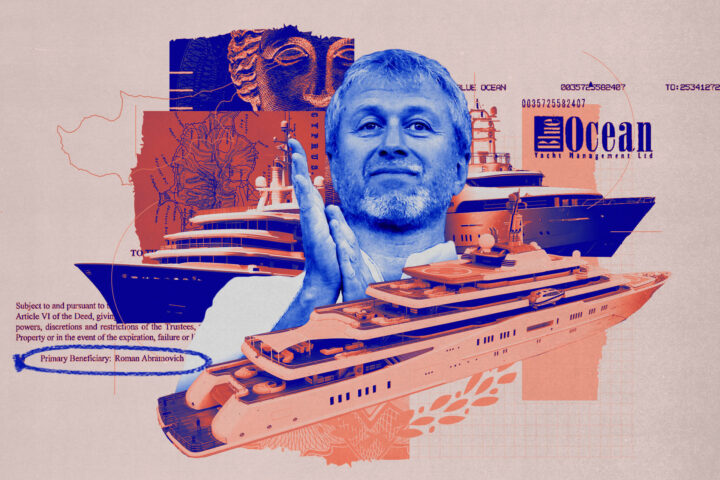Those of you who read the weekend edition of the Financial Times will be familiar with the regular feature called “Lunch with the FT”, in which they invite a famous man or woman of the moment out to lunch to talk about their latest book or film (e.g. Donald Rumsfeld’s “Known and Unkown” or Helen Mirren as a female Prospero).
Last week, the Financial Mirror had the opportunity to do something slightly different, namely, tea with the Deputy Editor of the Financial Times, Martin Dickson.
No longer yesterday’s news
Dickson was here to launch a new edition of the Financial Times in Cyprus, which at long last allows us deprived island-dwellers to read the hardcopy newspaper on the morning it was published, instead of reading yesterday’s version.
Cyprus is the second country in the world in which this new technology, using a Kodak VL4200 run by Hellenic Distribution Agency, has been implemented.
The printer is only a few metres long and is therefore much smaller and cleaner than the traditional web presses.
It also has the added bonus of reducing the FT’s air cargo shipment to Cyprus by over 21 tonnes per annum.
The technology was developed on another Mediterranean island, namely Malta, which kind of makes one wonder where our minds were focused while our neighbours were pioneering such innovative technology (Cyprus problem perhaps?).
The beauty of the technology is that it does not depend on thousands of copies of newspapers to be a viable.
“It can do very short runs of newspapers very economically which wouldn’t otherwise be economical,” said Dickson.
At present the FT sells only around 350 copies a day in Cyprus, though this could increase now that it is available on the same day it is published.
“What you need for the economics to really work is for there to be lots of communities that require relatively small runs of papers,” said Dickson.
“So it is ideal for a holiday island or an island that has lots of communities speaking different languages.”
Dickson noted that there are plenty of places where there will be a demand for the new technology, such as Finland, with its large Swedish speaking minority.
Dealing with multiple formats
Like many news providers, the Financial Times faces the challenge of delivering in multiple formats.
FT.com has been going for years and the FT was a launch partner for Apple’s iPad, which produces an edition that looks and feels much more like the print edition than FT.com.
“We are happy to deliver the news in any medium that the readers want,” said Dickson.
Print subscribers are still the biggest group, with around 400,000 copies sold worldwide, but online editions have been growing in double digits and have now reached around 200,000.
Is it a triple job to produce print, web and i-Pad versions?
“We have the technology to produce the one story but it then needs to be edited specifically for the various editions,” said Dickson. However, they have aligned production and editorial.
“What we have done, which a lot of other newspapers have been much slower to do, is to move to a newsroom that is completely combined, so we don’t have a separate online writing team or a separate online editing team”.
The goal is to produce one story which at various points in the day can be posted online or pulled off for the print version.
The future of news
With technology changing almost daily, there is a big ongoing debate in the media industry about the future of advertising.
Has the FT reached the stage yet when advertising revenue online is bigger than print?
“We are not there yet and we are still quite a way from it,” said Dickson, adding that this was typical of the whole industry.
Despite the omnipresence of online news, print advertising across the industry still costs more than online advertising, even if it is reaching fewer people.
Dickson said that the advertising industry has not yet switched focus to the value of online advertising as much as he would have liked.
“I think online advertising can be incredibly valuable because you have a much more focused audience that you are potentially getting your message across to”.
As well as the debate about advertising, there is a more fundamental appraisal going on in the industry about the future of news, especially in the face of with competition from less formal ways of producing news and comment, such as blogs or shaky videos from Libya.
Is there still a future for newspapers?
“It would be wrong to say that the newspaper industry is in a healthy position,” said Dickson.
“We’ve seen lots of regional papers in America close. … The question is to what extent you can migrate readers online and to what extent can you get them to pay for reading online.”
However, financial news and comment is in a much better position than general news.
“We are lucky in that we produce a very high end specialist product that people are prepared to pay for,” he said, noting that the British newspapers have to compete online with the state-funded BBC, which is free, so they are “fishing in the same pond”.
Dickson sees a future which differentiates between value-added and regular news.
“My personal view is that you may see a distinction between high end, high value-added paying people at one end and the mass market, not high value added at the other end which would be free.”
Dealing with the young generation
Another challenge is whether or not young people are interested in news at all.
Dickson says they do absorb news but have much shorter attention spans.
“They may spend as much time looking at the news and other things but they won’t spend much time in one place. They have different ways of absorbing information,” he said, adding that you often see a young people with “four different feeds” into their brains.
“That raises questions about not just newspaper but more general forms of the printed word.”
However, he is optimistic for the kind of content produced by the FT.
“There will be a certain community that will still need to read serious information at length and hopefully they will be prepared to pay for it.”
But the key to survival is to stay flexible.
“No one knows exactly where it is heading. We just have to stay as flexible as possible, as paranoid as possible, try to anticipate what readers want and give them that, whether it’s mobile phone, text, iPad, Blackberry, printed newspaper or FT.com.
And then we try to make sure they pay for it.”
Fiona Mullen
Fiona Mullen is Director, Sapienta Economics Ltd and a regular contributor to the Financial Mirror







